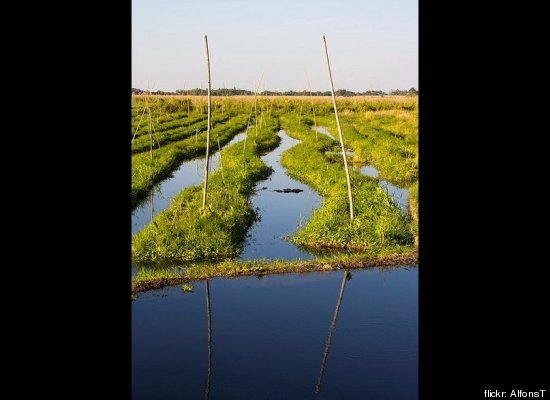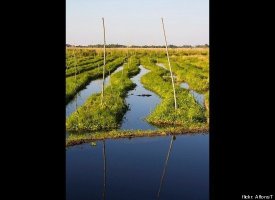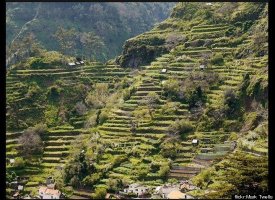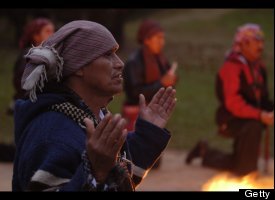
While today we must actually take a day off to celebrate the Earth, in Latin America, for thousand of years, indigenous communities had a relationship with their environment in which they continually-- through different farming practices and religious rituals-- celebrated earth every day.
These ancient indigenous civilizations practice nature-based religions, where they evoked and worshippes deities personified with names such as Mother Earth or Mother Nature. For them, Earth is sacred.
Enrique Salmon from the Department of Anthropology at Fort Lewis College wrote in his paper, "Kinetic Ecology: Indigenous Perceptions Of The Human-Nature," that: Indigenous people view both themselves and nature as part of an extended ecological family that shares ancestry and origins. It is an awareness that life in any environment is viable only when humans view the life surrounding them as kin. The kin, or relatives, include all the natural elements of an ecosystem.
The result of this relationship with Earth was the preservation of their land. By using techniques that today would be considered "green", these indigenous tribes lived off the land in such a way that didn't disrupt their ecosystem. Instead, they cherished and worshipped the land that provided them with their food supply.
The people were interconnected with the environment and as such, to disrespect the natural world was to disrespect oneself. For the Mayans, Incas and Aztecs their spiritual, physical and mental health depended on the ability to live harmoniously with the natural world.
On this Earth Day, we want to celebrate that idea of living as one with the Earth and respecting mother Nature.
Check out this slideshow where we remember the harmonious relationship between ancient civilizations and Earth:








No comments:
Post a Comment